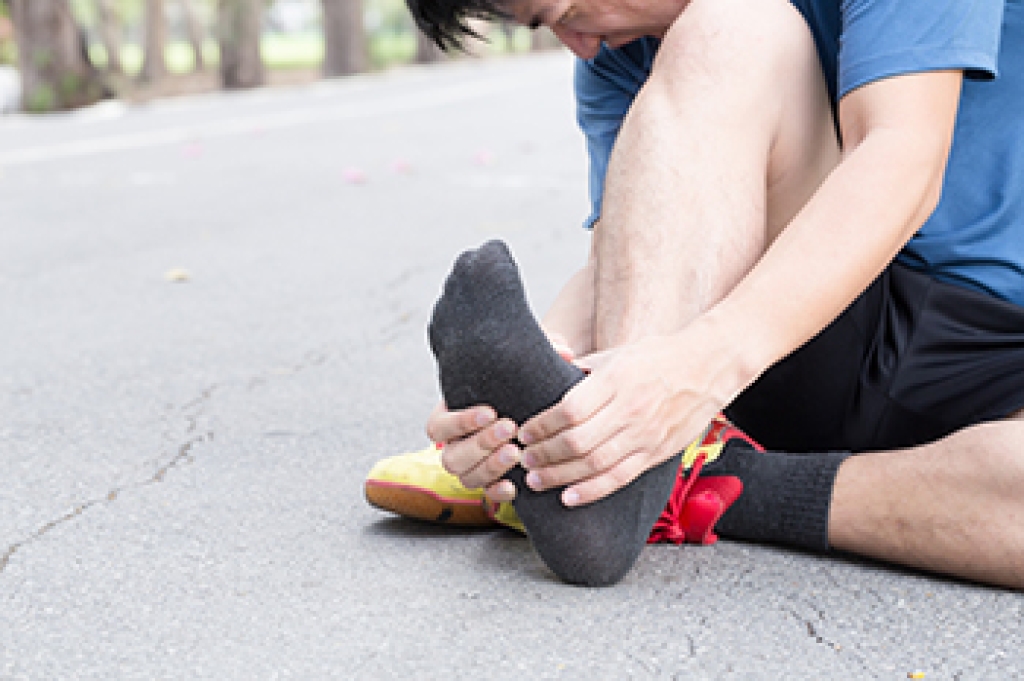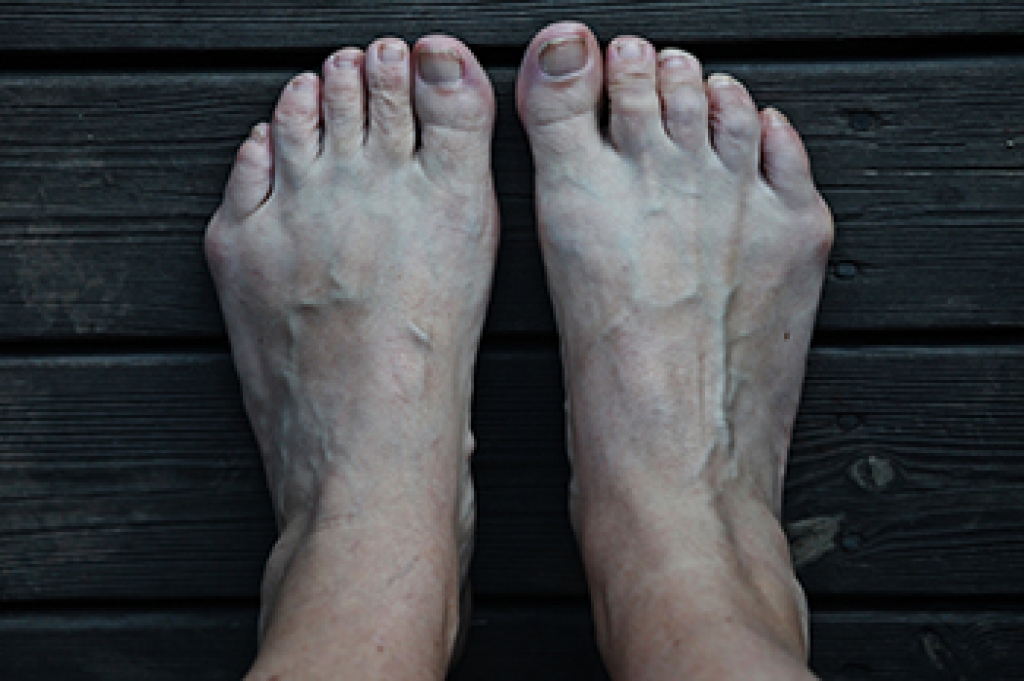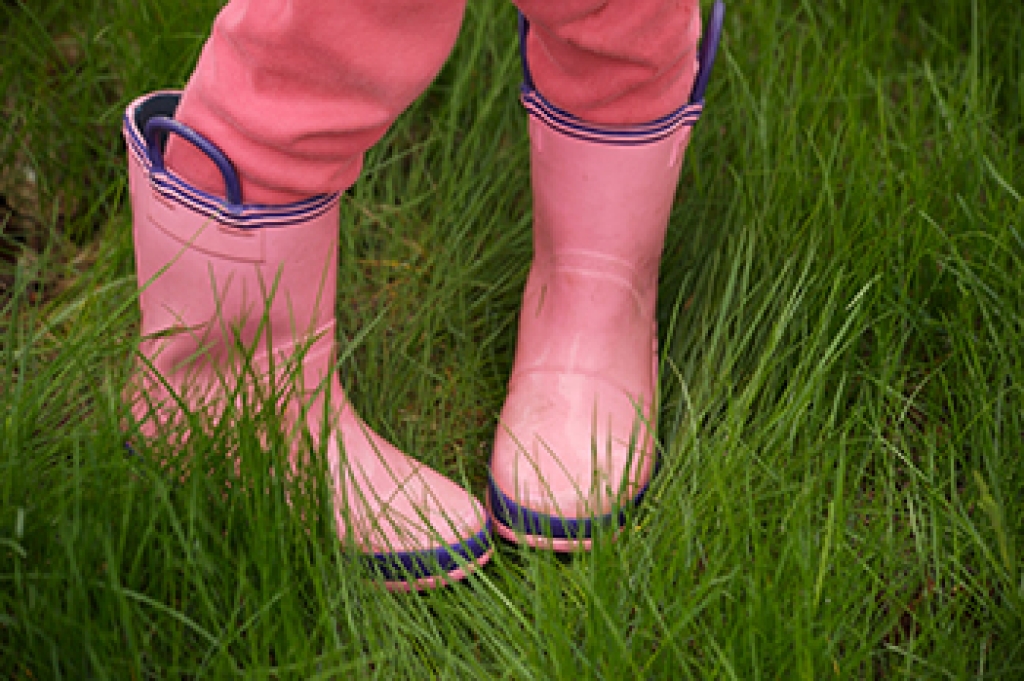
Plantar fasciitis, one of the most common causes of heel pain, occurs when the plantar fascia ligament along the bottom of the foot becomes irritated or inflamed. The heel may look normal or slightly swollen, but the pain is often most noticeable with the first steps in the morning or after periods of rest. It commonly feels sharp, stabbing, or aching at the heel, then may turn into a dull soreness as activity continues. Causes include overuse, tight calf muscles, flat feet or high arches, and unsupportive footwear. A podiatrist can help from the start by performing a thorough examination, reviewing activity history, and confirming the diagnosis with imaging when needed. Treatment often begins with pain and inflammation management, stretching guidance, footwear changes, or orthotics. Care may then progress into targeted exercises or night splints to promote healing and prevent recurrence. If you have ongoing heel pain, it is suggested that you make an appointment with a podiatrist.
Plantar fasciitis can be very painful and inconvenient. If you are experiencing heel pain or symptoms of plantar fasciitis, contact Wendy L. Grossman, DPM from New Jersey. Our doctor can provide the care you need to keep you pain-free and on your feet.
What Is Plantar Fasciitis?
Plantar fasciitis is the inflammation of the thick band of tissue that runs along the bottom of your foot, known as the plantar fascia, and causes mild to severe heel pain.
What Causes Plantar Fasciitis?
- Excessive running
- Non-supportive shoes
- Overpronation
- Repeated stretching and tearing of the plantar fascia
How Can It Be Treated?
- Conservative measures – anti-inflammatories, ice packs, stretching exercises, physical therapy, orthotic devices
- Shockwave therapy – sound waves are sent to the affected area to facilitate healing and are usually used for chronic cases of plantar fasciitis
- Surgery – usually only used as a last resort when all else fails. The plantar fascia can be surgically detached from the heel
While very treatable, plantar fasciitis is definitely not something that should be ignored. Especially in severe cases, speaking to your doctor right away is highly recommended to avoid complications and severe heel pain. Your podiatrist can work with you to provide the appropriate treatment options tailored to your condition.
If you have any questions, please feel free to contact our office located in Bloomfield, NJ . We offer the newest diagnostic and treatment technologies for all your foot care needs.




